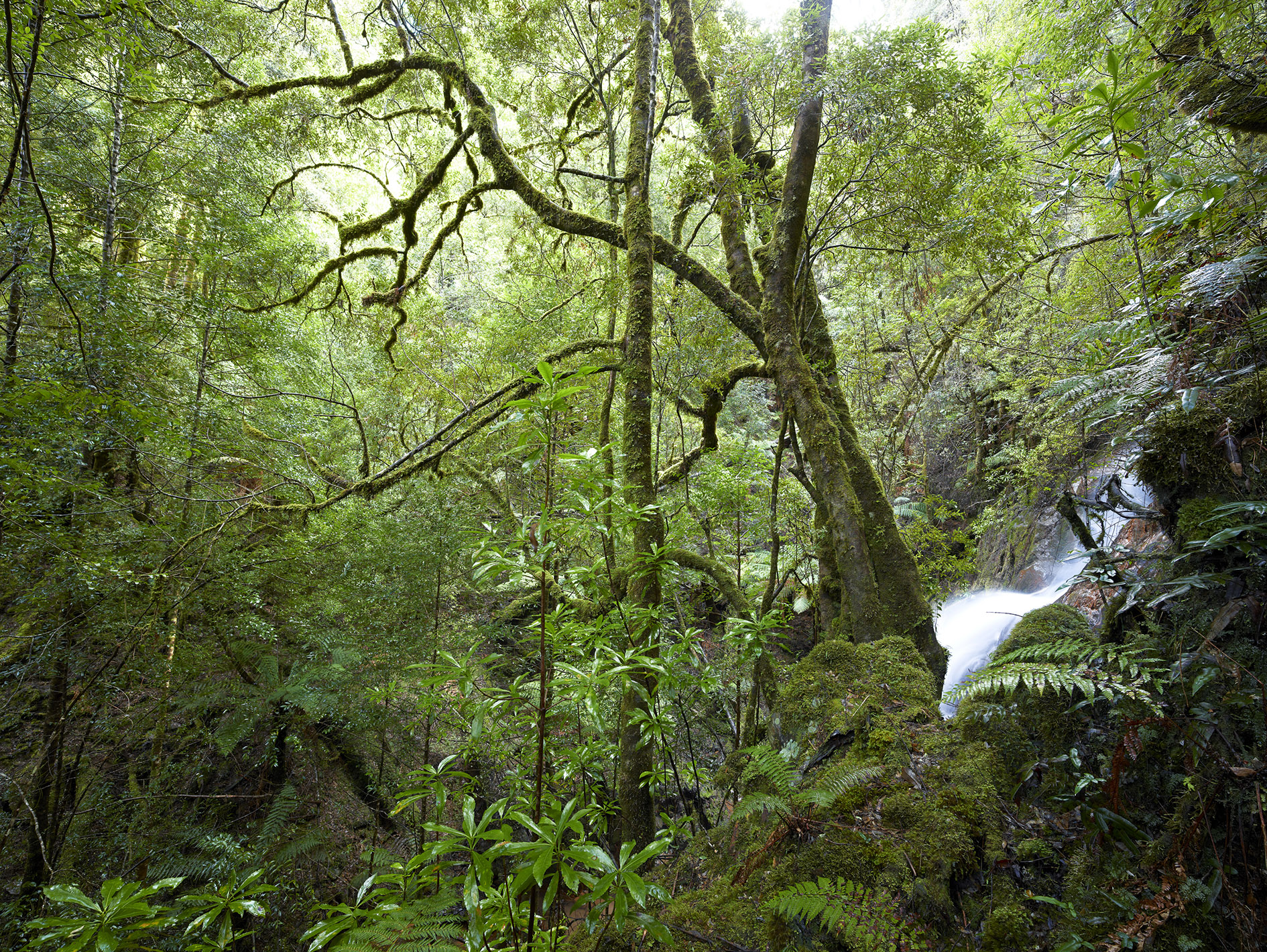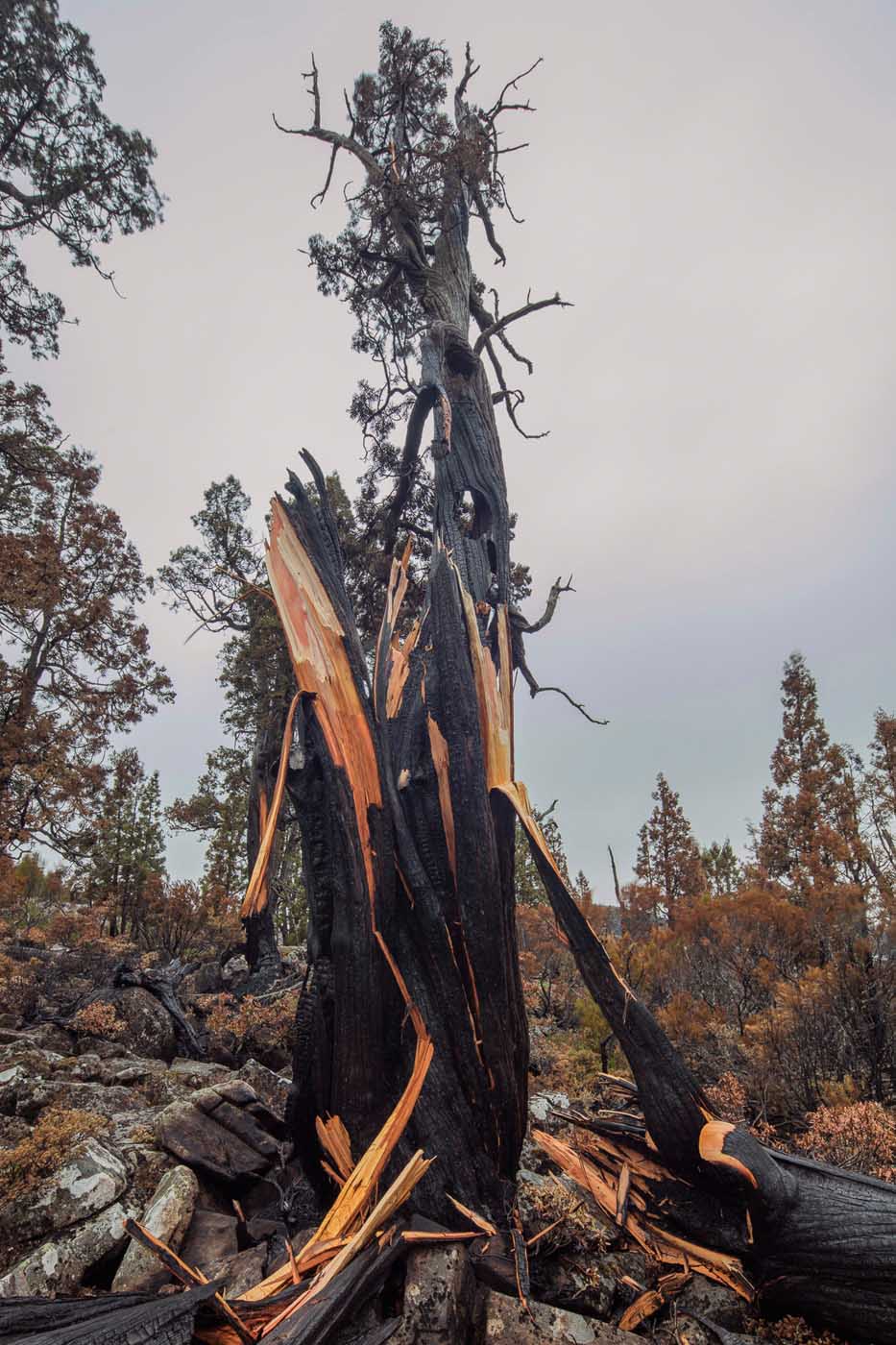The No Turbine Action Group needs your help to get as many representations opposing the proposed wind turbine development at St Patricks Plains (central Tasmania) as possible. Make your representation by 5pm on 25 September 2023.
Cut and paste the template representation, put your name and address/email on it and send it to the Central Highlands Council at:
submissions@centralhighlands.tas.gov.au
The council receives all representations and will forward yours to the EPA.
You may wish to add a short personal comment, particularly if you live in the area affected by the development or if you are a regular visitor of the surrounding area to go fishing, stay at your shack or to visit the World Heritage Area and other reserves.
Template representation – cut and paste below here:
To: General Manager Central Highlands Council
Email: submissions@centralhighlands.tas.gov.au
DA 2023/34: St Patricks Plan wind turbine development
Development Application Representation
I recommend that the Central Highlands Council and the Environment Protection Authority NOT approve the St Patricks Plains wind turbine development. The proposed development will cause unacceptable impacts on the natural environment and on residents and visitors (through noise and visual impacts) that cannot be effectively reduced. The location is wrong and the proposed development should be refused.
Visual impacts
The proposed development is massive and will have enormous visual impacts for a great distance surrounding it. Proposed are 47 wind turbines and towers, each being 231 metres high stretching along both sides of the Highland Lakes Road for 24 kilometres. The proponent admitted in documents submitted to the EPA in June 2019 that “Given the elevation of the proposed site, and the length of the blades, the turbines will be highly visible and have the potential to impact the visual amenity of the area.” The visual beauty of the area will be damaged for those visiting the world heritage area, residents and visitors (including tourists) to Arthurs Lake, Penstock Lagoon and Great Lake.
Noise impacts
The proposed development is not noise compliant, many dwellings within a 6km range will be impacted by noise. Some landowners are being offered pay-outs to accept higher levels of noise than is acceptable. But this doesn’t fix the noise problem for them or others.
The noise information from Marshall Day Acoustics cannot be trusted. If the development is approved, Council may be liable for noise nuisance complaints from neighbours.
Approximately 200 residents at Penstock, Wilburville, Shannon, Flintstone who are all within 4km of the Project boundary will be personally impacted by construction noise and turbine noise will be a nuisance during the operation of the project.
Bird species
The wind turbines will kill and injure many bird species that inhabit and breed in the surrounding area, primarily through collisions with the moving turbines once operational. The species most at risk is the endangered Tasmanian wedge-tailed eagle. Surveys indicate that there are 17 wedge-tailed eagle nests within or bordering the development site. This area is an eagle hotspot and is the wrong location for wind turbines. Wedge-tailed eagles are highly sensitive to human and construction activities which are likely to disrupt breeding and nesting. We must not rely on technological mitigation measures that have proven to fail at the nearby Cattle Hill Wind Farm. It is also inappropriate to apply buffers developed for protecting eagles from logging where noise and visual impacts are the threat. These buffers will not prevent breeding interruption or being chopped up by turbines.
Other animals
The site provides a wide range of habitat types and has an abundance of native wildlife species. Clearing, deforesting, trenching, blasting and road building will greatly reduce the availability of critical habitat, particularly for denning species. The following key protected species were identified on the site and will have critical habitat removed: Tasmanian Devil, Eastern Quoll, Spotted-tailed Quoll, Miena Jewel Beetle, Ptunarra Brown Butterfly.
Plant species and communities
The last remaining healthy stand of endangered Miena Cider Gums sub-species, found in the world, occur on the St Patricks Plains wind farm proposed site. An access road, Watkins Road, proposed to be upgraded and widened passes through a conservation reserve stand of Cider Gums, putting the critical population at great risk.
Two communities listed as threatened under the Tasmanian Nature Conservation Act 2002, highland Poa grassland and highland grassy sedgeland will be impacted by the proposal.
Personal comments
Name:
Postal Address:
Email Address:
Date:













